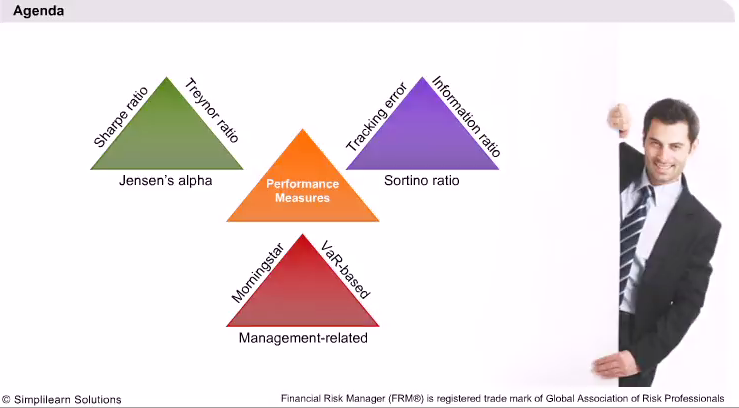Hedging Strategies Using Futures Basics of Hedging
Post on: 21 Май, 2015 No Comment

Hedging Strategies Using futures
Part I of the FRM Exam covers the fundamental tools and techniques used in risk management and the theories that underlie their use.
Hedging Strategies Using Futures
Welcome to the 3rd session of Financial Markets and Products. In the earlier session, we have learned the basics of futures markets, including the settlement and delivery procedures. In this session, we will learn the basic concepts of hedging. The term hedging means protection from uncertainty. For example, a trader insuring his shipment is hedging himself against loss due to unforeseen events such as theft, etc. We will learn how futures can be used to hedge a position and reduce risk. Let us begin our discussion.

The main agenda of our discussion will be learning the various concepts used in hedging with futures contracts. In this session, we will begin by learning the basic concepts and types of hedging. We will then introduce the concept of basis risk, which arises due to a mismatch between an underlying price and its futures contracts. We will learn how to quantify the number of contracts for an effective hedge. We will use this concept of hedging for adjusting the systematic risk of a portfolio. Finally, we will end the session by briefly discussing about rolling a hedge.
Hedging Basics
In financial markets, any trader can be in a long or a short position. In a long position, the trader has a requirement to sell any asset on the future date, while in a short position, the trader needs to purchase the asset on a future date. For example, a farmer who has yet to harvest his crops is in a long position, as he will need to sell the crops on a future date when the harvesting is complete. There is always uncertainty associated with future dates, and traders usually hedge their uncertain positions through purchasing or selling futures contracts. In a short position, traders enter into a long hedge by buying futures contracts. This is done to protect them against chances of rising prices. For example, an oil company buys crude oil futures to hedge against rising prices. In a long position, traders enter into a short hedge by shorting futures contracts. This is done to protect them against the chances of a decline in prices. For example, a farmer sells rice futures to hedge against declining prices. There are advantages of hedging, such as the reduction of risks due to uncertain price movements, as in the examples we just quoted. Another advantage is that it enables companies to accurately forecast earnings into the future, and thus enable them to maintain a more stable financial position. A major disadvantage with hedging is that the hedger forgoes the advantage due to favorable price movement. For example, a hedged farmer has no advantage if the prices increase in the future, as any advantage is offset due to the loss in the futures contracts.














